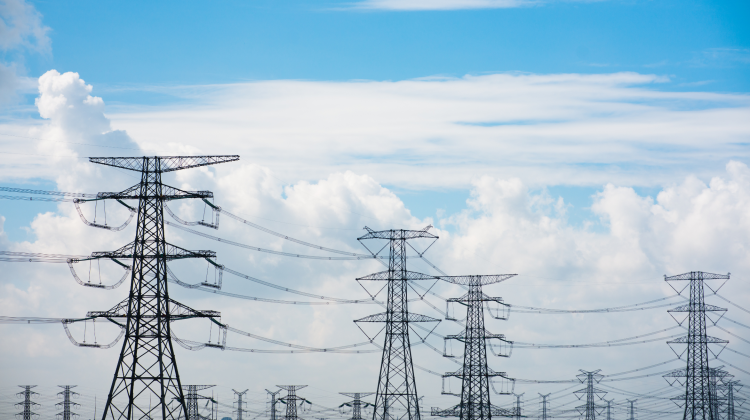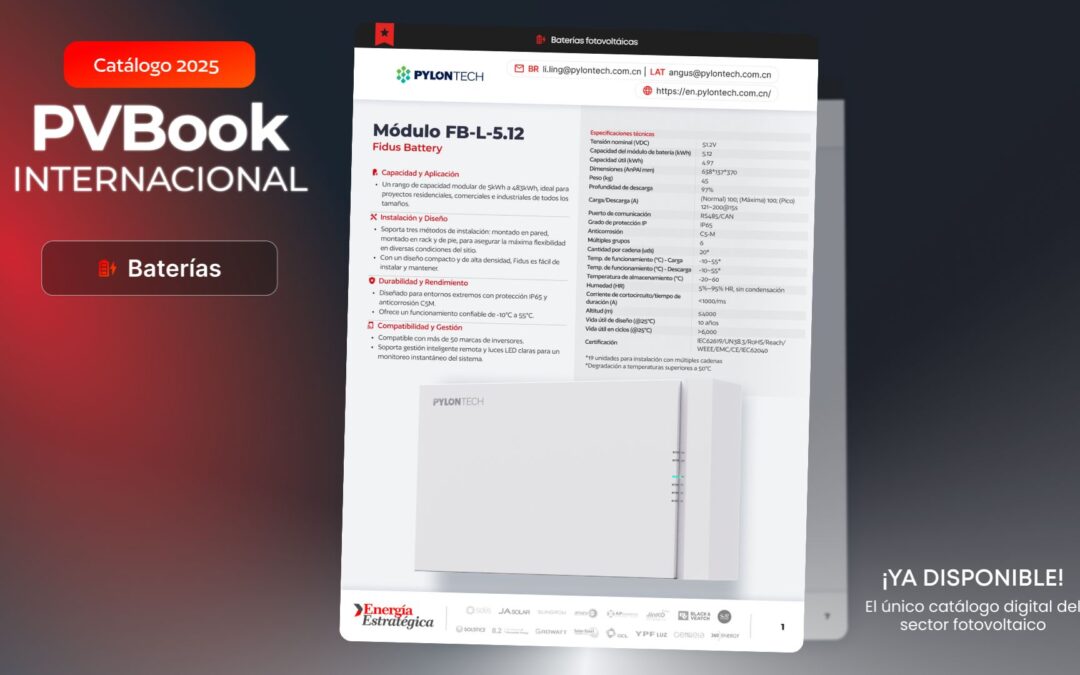Starting June 1, 2025, Romania will enforce a new regulatory framework for grid connections, led by the National Energy Regulatory Authority (ANRE). Published in the Official Gazette on May 29, Order No. 20/2025 amends both the Connection Regulation (Order 59/2013) and the Connection Agreement (Order 105/2022).
The new rules impose stricter requirements on developers seeking to connect projects to the Romanian power grid, impacting both current and future developments.
Ending speculation: ANRE prioritizes mature projects
A key pillar of the reform is to discourage speculative or underdeveloped projects. Going forward, only fully documented projects will be placed in the queue for solution studies, and priority will be given to those in advanced development stages.
Moreover, developers are now allowed to attend the approval sessions for solution studies and suggest technical amendments.
This shift aims to prevent early-stage proposals from occupying grid capacity without a clear path to execution.
New financial deadlines and binding guarantees
The updated rules introduce tighter financial obligations. Once the solution study is communicated, developers will have a two-month window to submit a financial guarantee.
The connection permit must be issued within 10 days of that submission. If the developer fails to meet this deadline, the grid operator may execute the guarantee, enforcing accountability in project timelines.
Furthermore, connection agreement (CA) extensions will only be allowed in 12-month increments, each requiring an additional 5% financial guarantee based on the connection fee. This structure imposes new financial discipline on project planning and execution.
A stricter, deadline-driven application process
The new regulation introduces rigid procedural requirements. For instance, developers must request to sign the CA at least 45 days before the technical connection approval (TCA) expires.
Additionally, existing CAs must be updated by November 27, 2025, to comply with the revised framework.
Together, these rules make the connection process more predictable and reduce the chance of developers delaying projects after securing grid access rights.
Technical obligations: automation, curtailment, and compliance
On the technical side, all new Technical Connection Approvals (TCA) must now include Operational Limitations (OL)—rules that allow curtailment of production, including to zero, during grid congestion periods under the N-1 safety principle.
These limitations must be reflected in the solution study and backed by automation systems funded by the developer.
Moreover, developers must update existing TCAs to incorporate these curtailment conditions. This marks a significant evolution in grid integration requirements and signals a push for higher grid security and operational adaptability.
High-voltage connections: shared infrastructure and cost distribution
For projects connecting at ≥110 kV, the reform brings a collaborative infrastructure model. New grid connection points will follow the pace of network upgrades, and costs will be shared proportionally among involved developers.
Those who finance new substations must allow other projects to connect, with a mandatory compensation mechanism in place.
This creates a more equitable and cooperative relationship between developers and the transmission system.
Performance-first regulation signals a new era
ANRE’s updated regulation aims to create a transparent, predictable, and performance-oriented grid access environment. Projects with strong planning, technical readiness, and financial guarantees will be favored.
At the same time, speculative or inactive projects will find it harder to block grid capacity, ensuring more efficient use of Romania’s electrical infrastructure.
The new rules represent a structural change in how Romania manages renewable project connections, and a clear invitation to professionalize and streamline development across the sector.






























